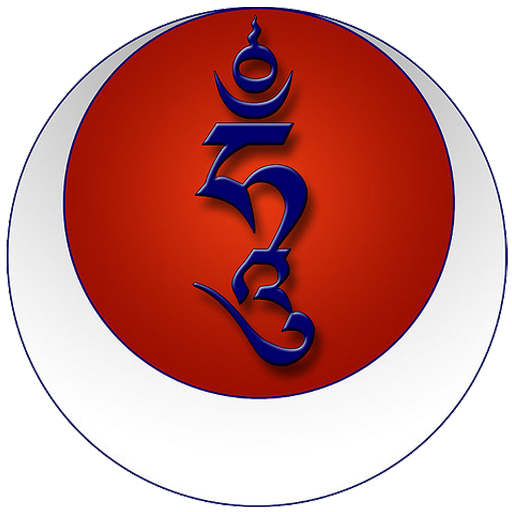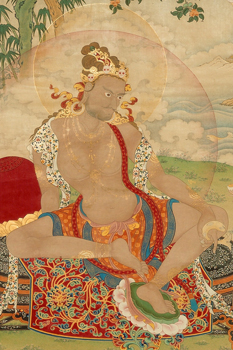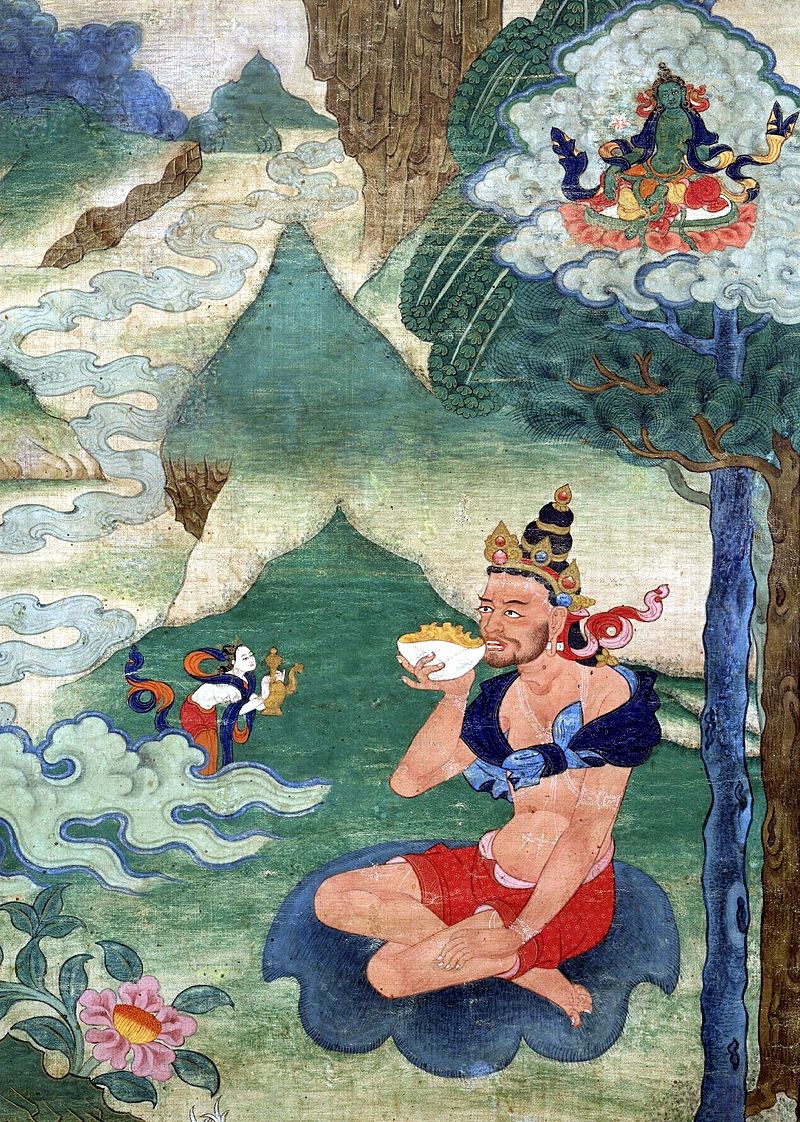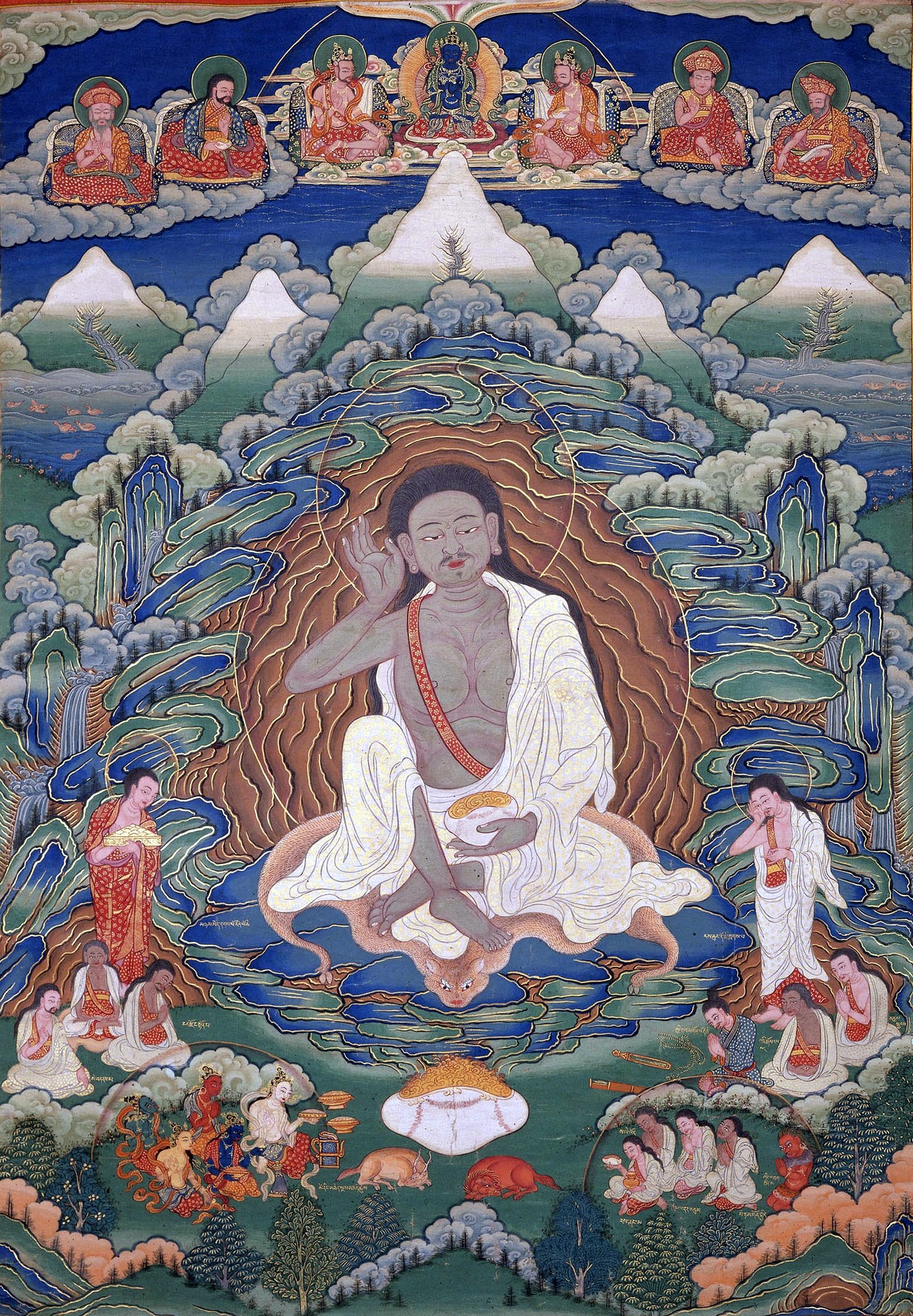The Yogi Practice Lineage | Drikung Kagyu of Tibetan Buddhism
Drupon Sangye is a trained Yogi of the Drikung Kagyu tradition of Tibetan Buddhism. The Drikung Kagyu order was founded in 1179 by Kyobpa Jigten Sumgon. Jigten Sumgon was a disciple of Pagmo Drupa, who was a disciple of Gampopa, the most significant of Great Yogi Milarepa's over 100 disciples.
With its birthplace in Drikung Thil in Tibet, Drikung Kagyu lineage is known for its Yogis and undiluted practice where many of the practices of the early legendary Kagyu masters, including Tilopa, Naropa and Marpa, are perfectly retained and practiced exactly like they were 1,000 years ago.
"Kagyu" can be translated from Tibetan to "whispering lineage", which refers to its oral tradition where a qualified Meditation Master leads the practitioner from the current ignorant mind to enlightened mind with secret meditation manuals and personalized advice.

Tilopa
Mahasiddha Tilopa is the Great Grandmaster of all Kagyu lineages and is considered one of the greatest spiritual Masters of all time. Tilopa was a born in to a priestly cast family somewhere in Bengal, India and was known for his practice and development of Tantric practices.
The fool in his ignorance, disdaining Mahamudra,
Knows nothing but struggle in the flood of samsara.
Have compassion for those who suffer constant anxiety!
Sick of unrelenting pain and desiring release, adhere to a master,
For when his blessing touches your heart, the mind is liberated.

Naropa
Naropa was the chief disciple of Tilopa and made many great contributions to the evolution of Tibetan Buddhism and was a contemporary of Atisha. Six Yogas of Naropa are practiced widely even outside of the Kagyu lineages up until today and present a complete system taking the practitioner to enlightenment.
Just as the children of a garuda
become stronger and more powerful than the mother to whom they are born,
so each generation of Marpa's students in Tibet
will be more accomplished than their teacher

Marpa
Marpa "the translator" went to India suffering many hardships in order to receive the teachings from Naropa and translate it in to Tibetan. Marpa is known for being the first one to start the process of "formalizing" the methods that Tilopa had received, and further developed, before passing them on to Naropa.
Of all the Buddhas of the three times,
The Guru is the root of all accomplishment

Milarepa
The Great singing Yogi of Tibet, Milarepa, is one of the most revered Yogi's of all time. After having what can be characterized as a very dark earlier part of his life, by following Marpa's instructions and dedicating his life to practice of meditation in solitary retreat, Milarepa was enlightened in his lifetime.
We should practice generosity by sharing our provisions.
Practice meditation by reducing sleep.
Recollect the suffering of the lower realms.
Practice the holy dharma, by contemplating suffering.

Gampopa
Milarepa's most important student, Gampopa, integrated Atisha's Kadam teachings and Tilopa's Mahamudra teaching to establish the Kagyu lineage. Four of his disciples founded the four "major" Kagyu schools. Gampopa's best known work is arguably Jewel Ornament of Liberation.
Do not follow the past,
Do not go forward to meet the future.
Instead, just rest the mind naturally in the present awareness.

Pagmo Drupa
Pagmo Drupa was not only one of the three chief disciples of Gampopa, but also a disciple of Sachen Kunga Nyingpo, one of the founders of Sakya lineage of Tibetan Buddhism. Pagmo Drupa's younger brother Kathon Dampa Deshek founded the Kathog branch of Nyingma school.
Yogis do not establish external objectives;
they establish the mind.
The mind established,
Its objects establish themselves.

Jigten Sumgon
Jigmet Sumgon was a great teacher, a meditation master and the founder of the Drikung Kagyu lineage. It is said that more than 100,000 monks would gather at one time to come to listen to Jigten Sumgon's teachings. Also referred to as the second Nagarjuna, Jigten Sumgon is one of the most revered teachers of all time.
Non-Buddhist and Buddhist are distinguished by taking refuge.
The difference between Mahayana and Hinayana is bodhicitta.
The distinction between Sutrayana and Mantrayana is the empowerment.
